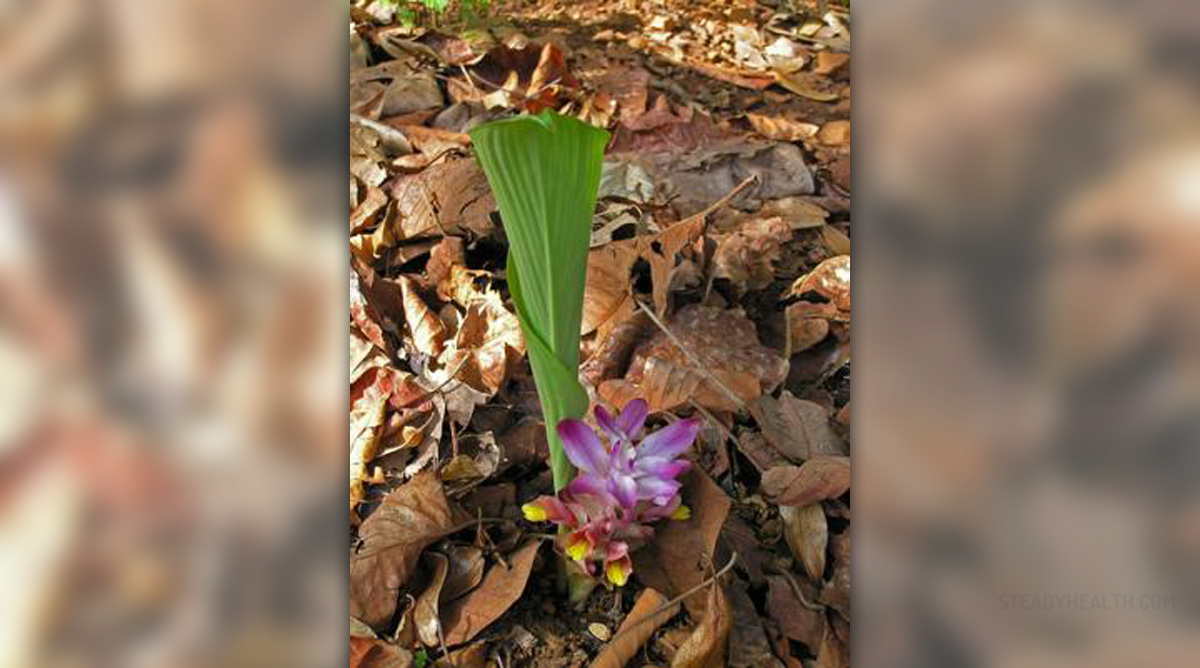
Turmeric plant is a member of ginger family native to South Asia. It is mostly used in the root powder form as a spice. Also it has many medical properties and it is taken as a supplement.
Dosage
Usual standard is that turmeric contains 95% of curcuminoids in a dose. Dry root contains 3-5% of curcumin. Following dosing is based on scientific research and traditional use:
Adults
Oral dosege ranges between 1.5 to 3 grams per day split in several doses. In treatment for duodenal ulcer up to 8 grams of turmeric daily is recommended. Tea can be prepared with 1 to 1.5 grams of dried root boiled in 150 ml of water for 15 minutes and taken twice a day. For colorectal cancer curcumin is given 7 days in capsule form. Turmeric also has chemoprotective properties. Among Indian population curcumin intake ranges between 60-200 miligrams per day. Locally it is used for treating scabies were affected areas are covered with paste consisted of neem and turmeric for two weeks.
Children
Locally, for treatment of scabies it is used in the same way as in adults.
Some substances like fish oil, lecithin, bromelain and essential fatty acids can promote absorption of turmeric.
Safety and Side Effects
Allergies are possible especially in those with allergic reactions to curcuma and zingiberaceae family plants. Hence, it must be used with caution.
If it’s taken for long period of time or in high doses turmeric can irritate the stomach. Nausea and diarrhea are also possible. Some studies have reported that turmeric may affect immune system, enhance risk of bleeding, cause heartburn and hair loss.
It can be damaging if taken during pregnancy or breastfeeding because it can induce contractions though it’s been traditionally considered harmless when used in foods during this period. There haven’t been reported any fetal abnormalities when taken orally (animal studies).
Interactions with Medicines, Herbs and Supplements
In combination with other drugs turmeric can have various effects. Taken with anticoagulants, anti-platelet and anti-inflammatory drugs turmeric can raise bleeding risk. The same can be expected when it’s mixed with herbs and supplements that increase risk of bleeding such as: garlic, Ginko biloba, angelica, alfalfa, chaparral, chamomile, ginger, green tea, grapefruit juice, horse radish, onion etc.
Side effect of certain drugs can be increased when combined with turmeric. Effects of certain herbs can be altered by turmeric (bloodroot, cat’s claw, licorice, red clover, etc.)
On the other hand, turmeric can lower LDL (bad cholesterol) and increase HDL (good holesterol) in combination with drugs like lovastatin or atorvastatin, fish oil, garlic and niacin. It can protect from adverse effects of chemotherapy drug doxorubicin and Indomethacin as well.


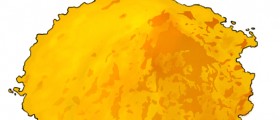

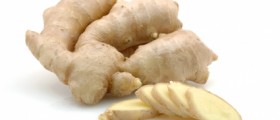
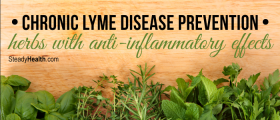

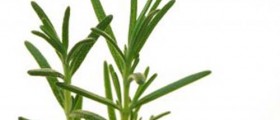
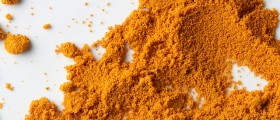
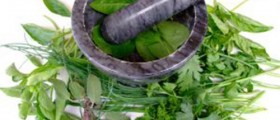


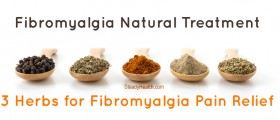

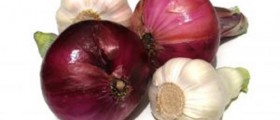

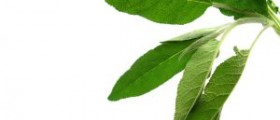
Your thoughts on this
Loading...